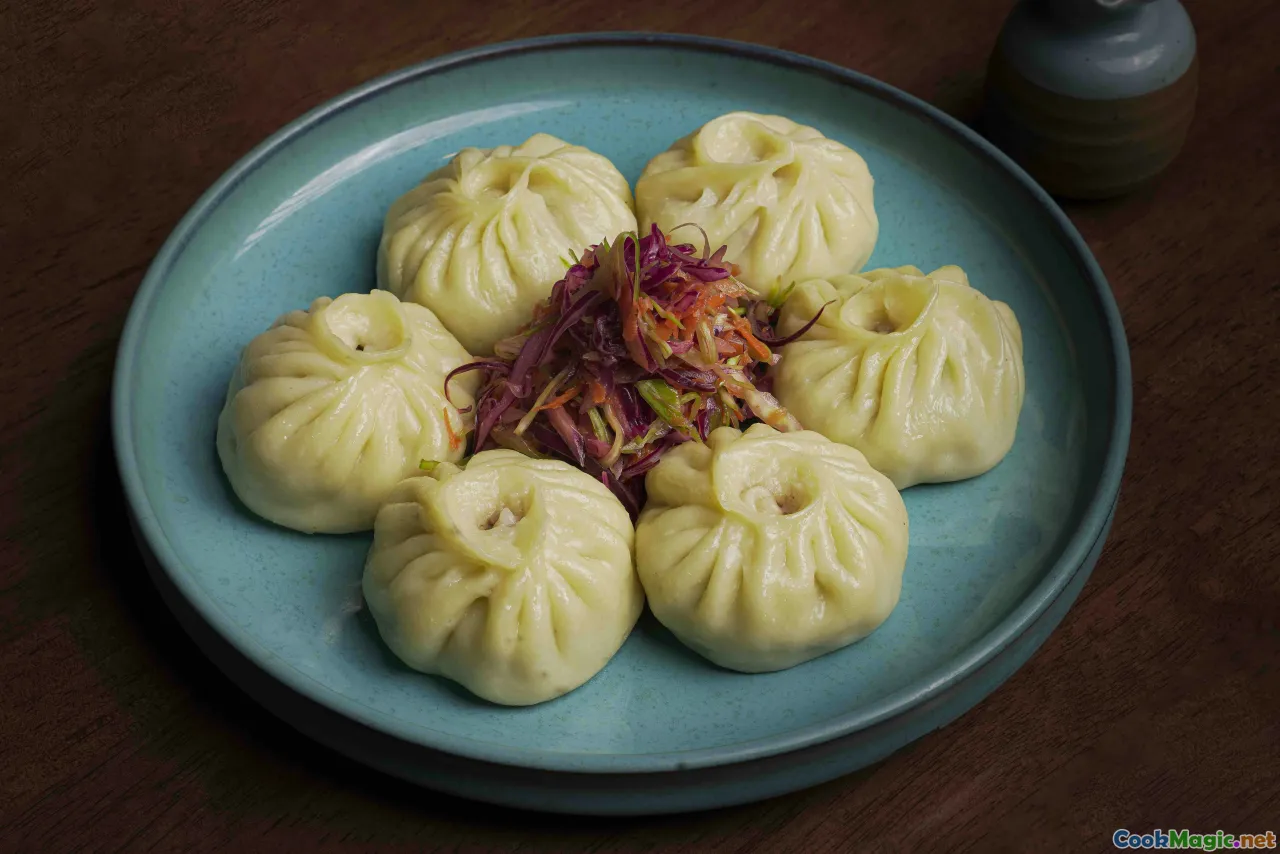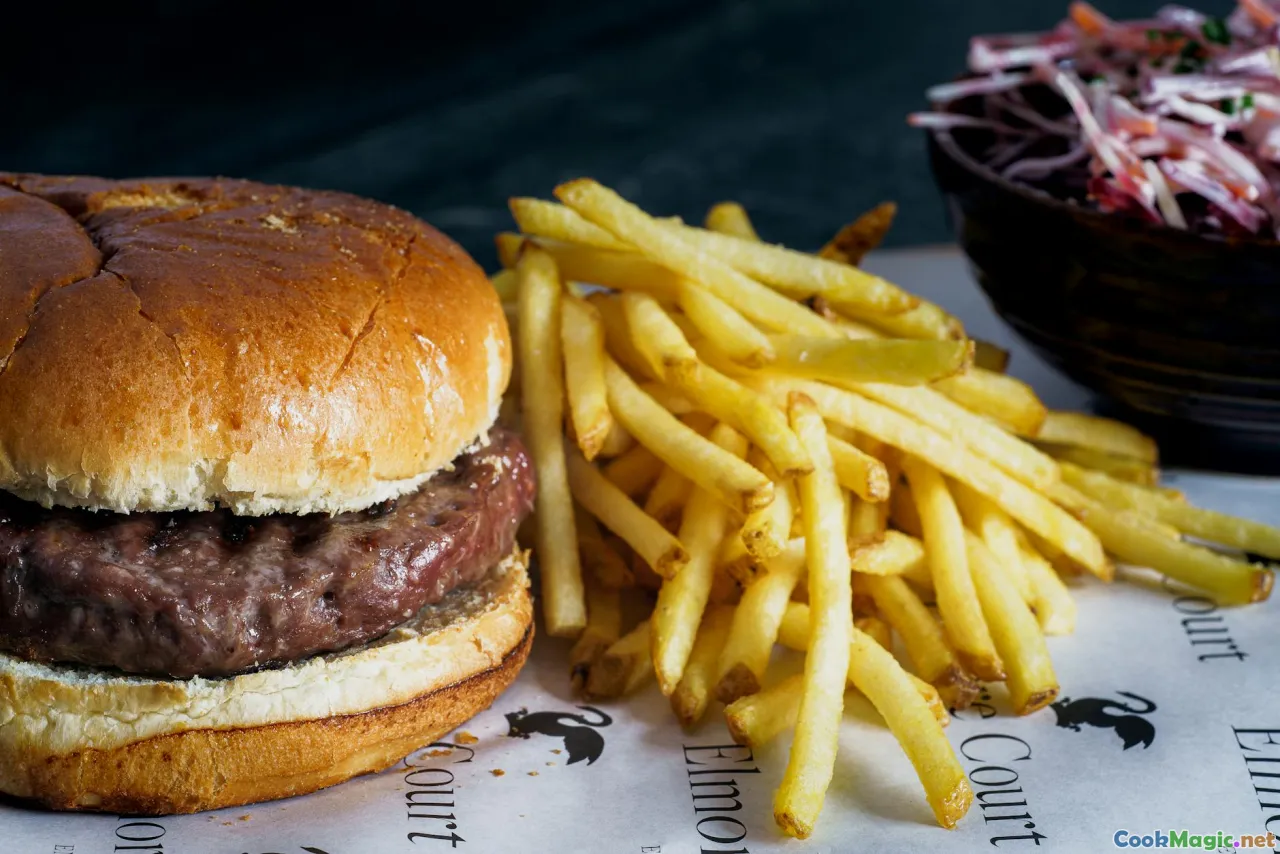Exploring Traditional Mongolian Dumplings
11 min read Discover the rich flavors and cultural heritage of Mongolian dumplings through their traditional preparation and regional variations. September 08, 2025 00:05
Exploring Traditional Mongolian Dumplings
Nestled amidst the vast steppes and rugged mountain ranges of Mongolia lies a cuisine as wild and evocative as its landscapes. Among its most cherished culinary treasures are the dumplings—small bundles of history, culture, and heart—whose sizzling edges and tender fillings tell stories of tribal nomads, ancient traditions, and enduring family bonds. As I first tasted these dumplings during a trip to Ulaanbaatar, raw warmth flooded my senses—the smoky aroma, the chewy dough, and the savory fillings intertwined to create a truly immersive experience. Today, let’s journey into the soulful world of Mongolian dumplings, exploring their origins, varieties, and the authentic ways they are crafted and enjoyed.
The Cultural Tapestry of Mongolian Dumplings

Mongolian dumplings, or huushuur and bansh, are more than just food; they are woven into the very fabric of Mongolian identity. Nomadic herders rely on hearty, portable dishes as they traverse the open steppes, often under a sky bursting with stars. These dumplings are steeped in history, dating back to the days when the Mongol Empire stretched across continents, carrying culinary techniques across borders.
The ritual of making and sharing dumplings fosters community, respect, and kinship. Families gather around fires, kneading dough, stuffing fillings, and sharing stories. Over generations, these recipes have evolved but remain true to their roots—simple, filling, and deeply connected to the land and its people.
The Classic Mongolian Dumplings: Huushuur Huushuur is perhaps the most iconic of Mongolian dumplings. Its name derives from the Turkic word düşür, meaning “to fold,” hinting at the careful folding technique that seals in flavors and juices. The typical huushuur is made with a thin, unleavened dough wrapped around a boiling-hot filling of ground beef or mutton, minced onions, and sometimes a hint of garlic or cumin.
Huushuur is perhaps the most iconic of Mongolian dumplings. Its name derives from the Turkic word düşür, meaning “to fold,” hinting at the careful folding technique that seals in flavors and juices. The typical huushuur is made with a thin, unleavened dough wrapped around a boiling-hot filling of ground beef or mutton, minced onions, and sometimes a hint of garlic or cumin.
Cooking huushuur involves deep-frying until the outer shell attains a glorious golden-brown hue, crispy and blistered in places, contrasting with the tender, juicy interior. As you bite into one, you’re greeted by a satisfying snap, the savory aroma tingling your senses—an ode to the nomadic way of life where portability was key.
Personal anecdote: I recall street vendors in Ulaanbaatar expertly flipping large batches of freshly fried huushuur, their smoky aroma drifting through the air, inviting passersby to share in this flavorful tradition.
The Art of Making Mongolian Dumplings

Creating authentic Mongolian dumplings is a ritual that combines humbling simplicity with precise technique. Here’s a step-by-step guide to crafting huushuur at home, inspired by traditional methods:
Ingredients:
- 2 cups all-purpose flour
- About 1/2 cup cold water
- 1/2 teaspoon salt
- 300 grams ground beef or mutton
- 1 onion, finely chopped
- Salt and pepper to taste
- Oil for frying
Instructions:
- Prepare the Dough: Mix the flour and salt in a bowl. Gradually add cold water, kneading until the dough forms a smooth, elastic ball. Cover and let rest for 30 minutes.
- Make the Filling: Combine the minced meat, chopped onion, salt, and pepper. Mix well and set aside.
- Assemble the Dumplings: Roll out the dough to about 1/8 inch thickness. Cut into large circles using a bowl or cutter.
- Fill and Fold: Spoon a generous amount of filling onto each round. Fold in half to form a semicircle, pinch the edges together, then fold and pinch again to create a pleated edge—ensuring the seal is tight.
- Cook: Deep-fry in hot oil until crisp, or for a less fatty version, bake or pan-fry with a little oil.
This process isn’t just culinary; it’s a bonding experience, passed from generation to generation.
Bansh vs. Huushuur: A Taste of Diversity

While huushuur is the street food staple, the bansh offers a different perspective—more leisurely, often served during family gatherings or festivals. Bansh are larger, often boiled or steamed, with fillings that can vary from beef, pork, to vegetables, reflecting regional and familial preferences.
In some regions, bansh is flavored with herbs or wild greens harvested from the steppe, imparting a fragrant, earthy aroma that differs from the rich, meaty huushuur. The contrast between these two types exemplifies the flexibility of Mongolian dumpling traditions—adapted to the occasion, available ingredients, or personal tastes.
Regional Variations and Modern Twists

Today, chefs both within Mongolia and around the world have begun reimagining these age-old recipes. From incorporating local herbs like dill and parsley to experimenting with fillings such as vegetables, cheese, or even kimchi, Mongolian dumplings are evolving.
Some modern fusion creations showcase dumplings steamed with Scandinavian influences or stuffed with fusion ingredients like lamb and mint or beef and chili. Gourmet chefs in Ulaanbaatar’s upscale restaurants serve huushuur with sophisticated dipping sauces—sweet, sour, spicy—that elevate their traditional appeal.
But no matter the innovation, the essence remains the same: a humble, fulfilling package that connects us to Mongolia’s pastoral heart.
Tips for an Authentic Mongolian Dumpling Experience

- Use fresh, quality ingredients: Since the fillings are minimal, fresh meat and onions make a difference.
- Don’t skimp on folding: Pleating and sealing are crucial for keeping the filling intact during frying or boiling.
- Adjust the oil temperature: For frying, a consistent 350°F (175°C) oil ensures even, crispy results without burning.
- Serve with traditional accompaniments: A dash of soy or spicy chili sauce, or a side of pickled vegetables, complements the dumplings beautifully.
- Create a communal atmosphere: Making and sharing dumplings is most meaningful when done with loved ones, embodying Mongolia’s spirit of hospitality and warmth.
Personal Stories and Encounters
Throughout my explorations of Mongolian cuisine, I've witnessed firsthand how these dumplings serve as symbols of resilience and cultural pride. During a winter festival in the Gobi Desert, I watched herders and villagers gather around crackling fires, kneading dough, and sharing steaming plates of huushuur. The widespread smiles, the clinking of tea cups, and the stories of survival and heritage poured over warm food left a lasting impression.
Similarly, in a family-owned Ulaanbaatar restaurant, I learned a treasured family recipe: a secret spice blend added to the meat filling, transforming standard huushuur into a uniquely personal dish. These recipes, passed down through generations, anchor identities amidst rapid modern change.
The Enduring Spirit of Mongolian Dumplings
In the quiet moments of biting into a warm, crispy huushuur, you experience more than flavor; you partake in a tradition that has traversed centuries. From the bustling streets of Ulaanbaatar to the isolated yurts under the endless sky, these dumplings echo the spirit of Mongolia—resilient, adaptable, deeply rooted in community.
They remind us that food is not just sustenance but storytelling—a tactile experience, a handshake across cultures, a symbol of unity in diversity. As Mongolian dumplings continue to evolve, one thing remains certain: their soulful embrace will keep nourishing both body and spirit for generations to come.
 Huushuur is perhaps the most iconic of Mongolian dumplings. Its name derives from the Turkic word düşür, meaning “to fold,” hinting at the careful folding technique that seals in flavors and juices. The typical huushuur is made with a thin, unleavened dough wrapped around a boiling-hot filling of ground beef or mutton, minced onions, and sometimes a hint of garlic or cumin.
Huushuur is perhaps the most iconic of Mongolian dumplings. Its name derives from the Turkic word düşür, meaning “to fold,” hinting at the careful folding technique that seals in flavors and juices. The typical huushuur is made with a thin, unleavened dough wrapped around a boiling-hot filling of ground beef or mutton, minced onions, and sometimes a hint of garlic or cumin.








